According to official notifications from the Azeri and Nagorno Karabakh Defence Ministries, as well as each’s respective Foreign Ministry, the OSCE Minsk Group has conducted 104 ceasefire monitoring missions at military outposts along the line-of-contact that separates Nagorno Karabakh (officially called the Republic of Artsakh) and Azerbaijan, and along the internationally-recognised border between Armenia and Azerbaijan since January 2015 up to today, 04 June 2019.
Around 33% of ceasefire monitoring missions were conducted on the Armenia-Azerbaijan border, while around 67% were done along the line-of-contact with between Azerbaijan and Nagorno Karabakh.
The most common areas that monitoring missions were conducted along the line-of-contact were Kuropatkino (corresponding to Armenian positions in Martuni province of NK), Horadiz (corresponding to Armenian positions in Hadrut province of NK), Ashaghi Veyselli (corresponding to Armenian positions in Hadrut province of NK), and Tapgaragoyunlu (corresponding to Armenian positions in Martakert province of NK), which accounted for approximately 26% of the total monitoring missions along the line-of-contact.
The most common areas for the OSCE’s ceasefire monitoring missions between January 2015- June 2019
Sources: Artsakh Defence Ministry, Azerbaijan Defence Ministry, Artsakh Foreign Ministry, Azerbaijan Foreign Ministry
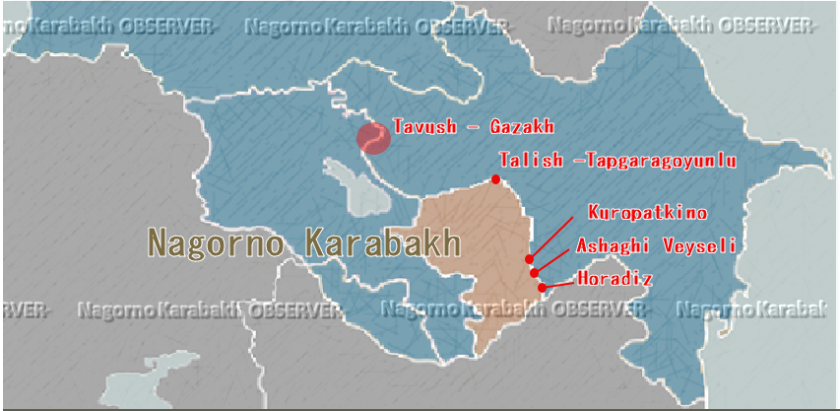
Monitoring missions along the internationally-recognised border between Armenia and Azerbaijan accounted for around one third of OSCE’s total monitoring missions during the same timeframe. The most frequent area for ceasefire monitoring was a 34 km segment of border along the southern part of Armenia’s Tavush marz (name given to regional-type administrative divisions in Armenia), bordering Azerbaijan’s Tovuz district. The area makes up for around 17% of the land border between Armenia and Azerbaijan, running from Georgia to the Karvajar-Kelbajar area where Nagorno Karabakh, Armenia and Azerbaijan’s borders meet.
Habitually, there have been two ceasefire monitoring missions per month during the observed period from 2015-today, exceptions were the month of April 2016, when no official monitoring was conducted. September of 2017 was also an exception, when ceasefire monitoring was conducted only once at military outposts in the northeastern Tavush-Qazakh area.
Ceasefire monitoring during this period was never officially conducted along the Armenia-Nakhichevan border, the scene of numerous clashes. Also worth mentioning is that despite bimonthly monitoring missions, there has not been an interruption of reported ceasefire violations by either the Armenian or Azeri side, including on the very days of the OSCE monitoring missions.
According to calculations, the next OSCE ceasefire mission will most likely be done between 20-24 of June this year, most probably along the line-of-contact as opposed to on the Armenia-Azeri border.


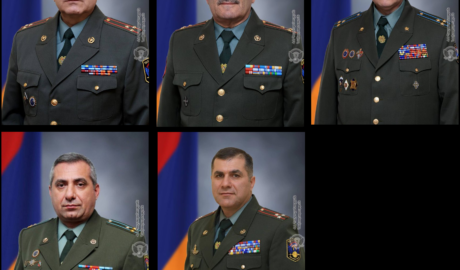

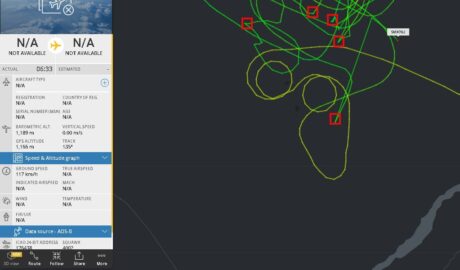
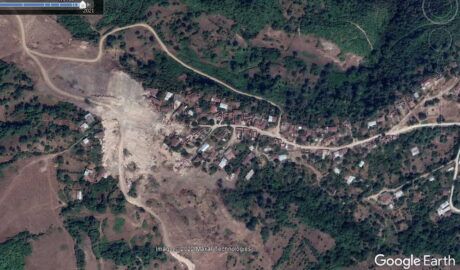
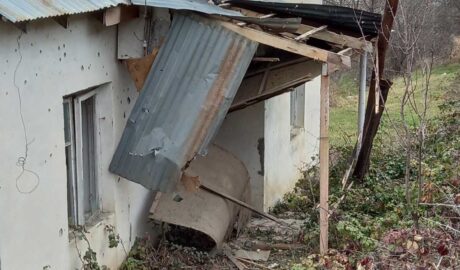

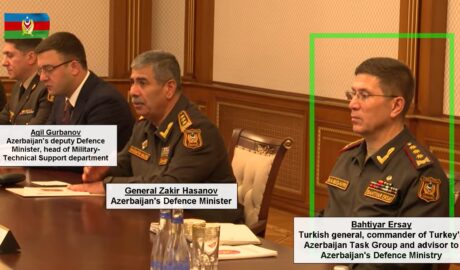
Comments are closed, but trackbacks and pingbacks are open.